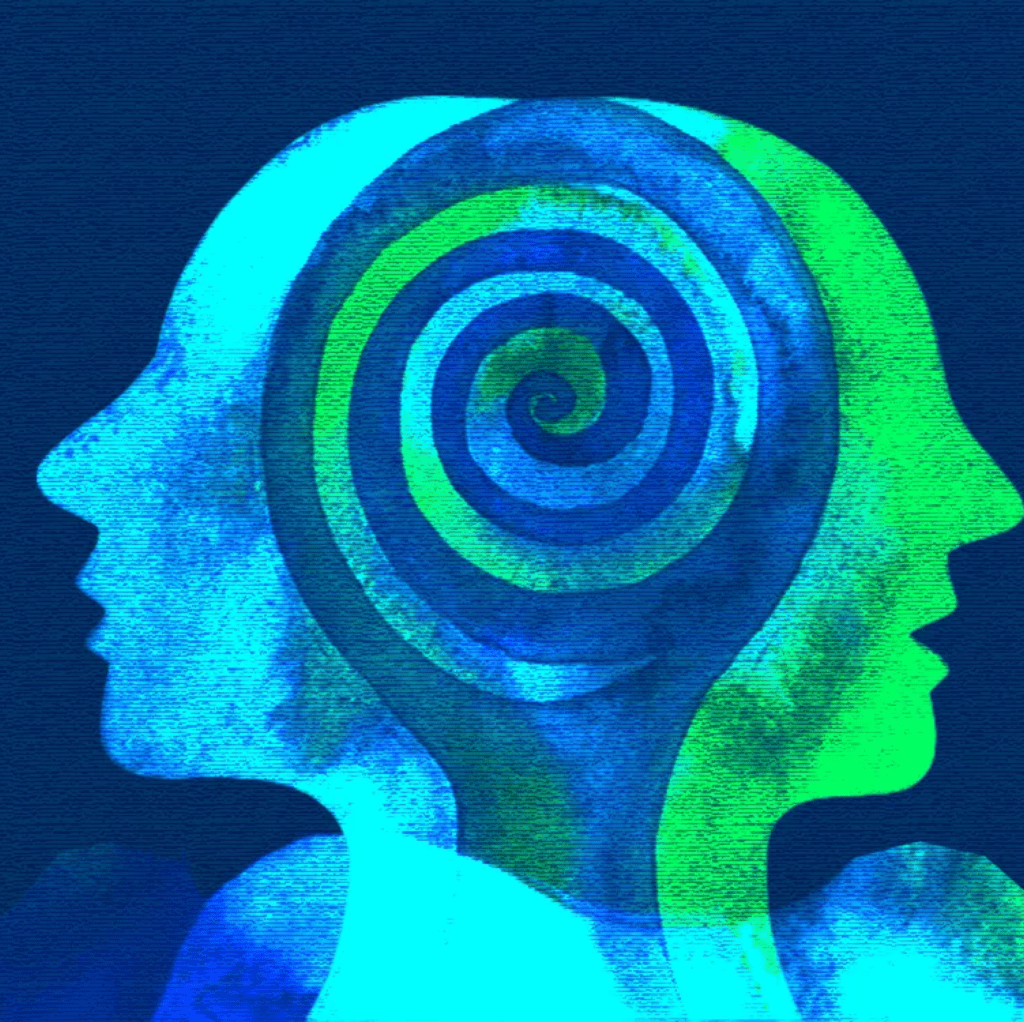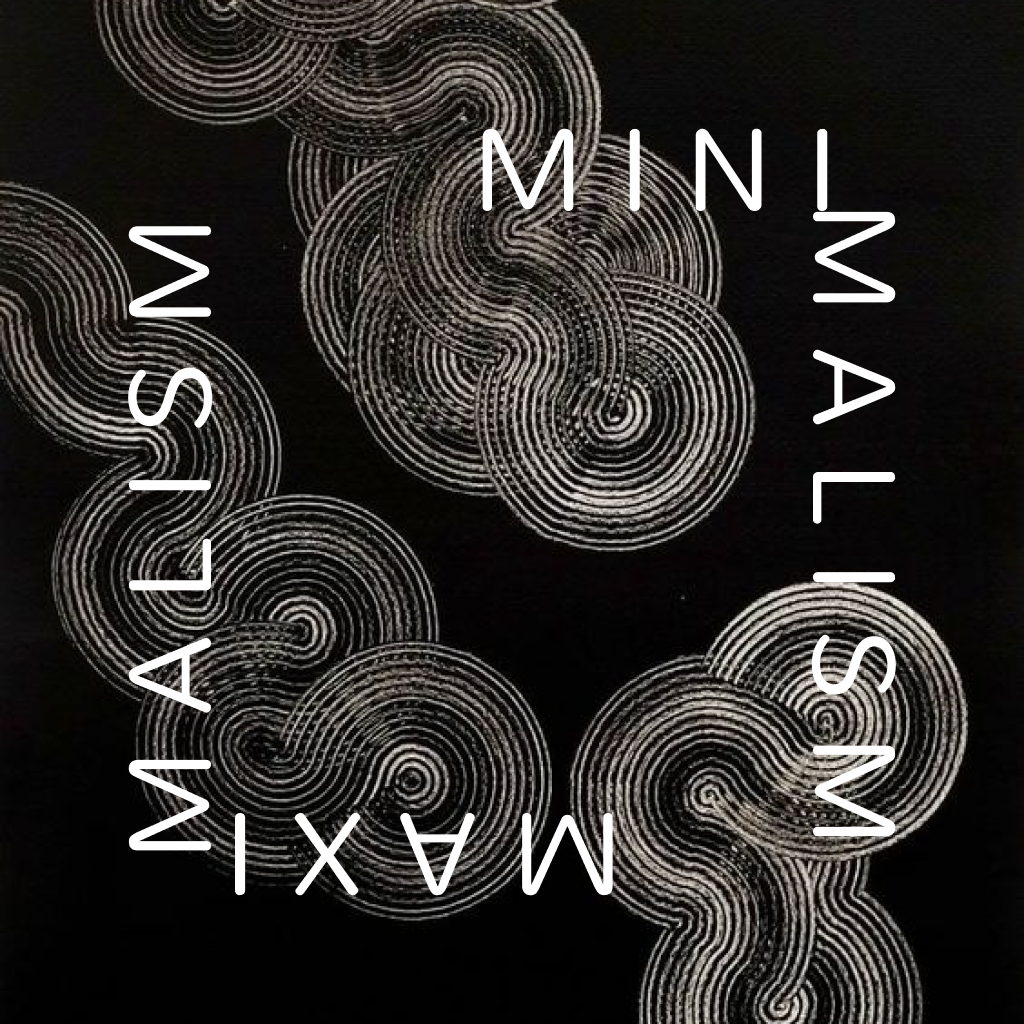Published: April 26th, 2023


The ‘User’ in the User Experience:
As you can see, there is a good reason it is called User Experience. Understanding the user’s needs is the basis of creating the most effective user experience. There must be a deeper understanding of the user’s mentality, likes, dislikes, and behaviors. Doing this will also help when you design the product and hence will reap more benefits and provide a better experience to the user.
A UX designer works in a user-centered mindset to address all the relevant needs and issues of the user. The users’ needs must be at the center of every product’s design and development.
The UX Design Process:
User Experience design is an iterative process that successful companies use to develop products that are capable of creating a positive impact on the users. An effective user experience design begins by determining the problem and ends with implementing the solution or the product in real life.
The UX design process has five stages: empathize, define, ideate, prototype, and test. The best approach to achieving a successful user experience is by combining the structure, the user experience, and the content in a way that helps to achieve your goals.
The first step is to define the product. This step will include collecting the user’s requirements and understanding the scope of the product.
The second step is research. This step is the most important for the designer. It provides the necessary information like understanding the competition, extensive details of the product, and the latest UI/UX trends in the product’s domain.
The analysis and design will involve creating hypothetical personas and experience maps, bringing the ideas to life, and working on the final graphics.
The validation and testing will determine the overall quality and useability of the end product. This step will help us address whether the product is user-friendly and easy to operate and also whether the product smoothly solves the customer’s issues.
UX and IA:
Most people confuse UX with IA. Here, let us clear the air and understand them first.
UX or User Experience encompasses all aspects of the UX design process such as Visual design, Functionality, Usability, Marketing, User Interface, Content Strategy, Interaction design, and Information Architecture (IA). As you can refer to from the above information, the IA or Information Architecture is just a part of the vast UX design process.
As the name suggests, Information architecture helps people to understand the overall structure of the website that they are using. It enables them to freely navigate to where they want to go.
IA is structuring and labeling a piece of information to benefit the end user. It includes labels like page titles, navigation bars, user hierarchies, and site maps. It builds connections between content and assets so that the end users and the search engines can easily follow it.
Conclusion:
The successful way to use the UX design process requires a clear understanding of how the process works and thus helps us to learn how to reap its benefits. With proper guidance and navigation, UX/UI design will help you understand your customers and will give you a precise picture of how your product will work in reaping profits for your company.
Dreams do come true.




